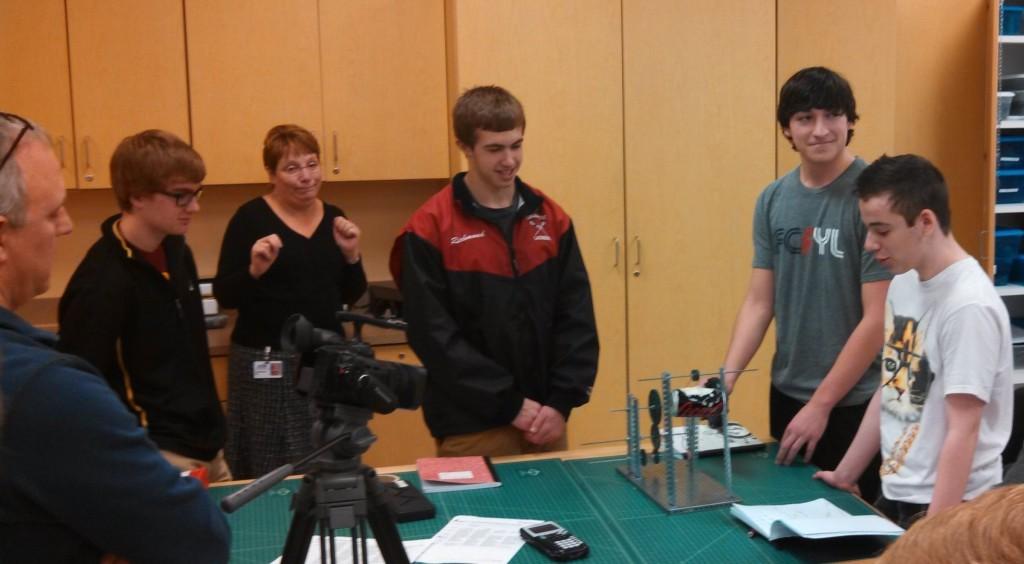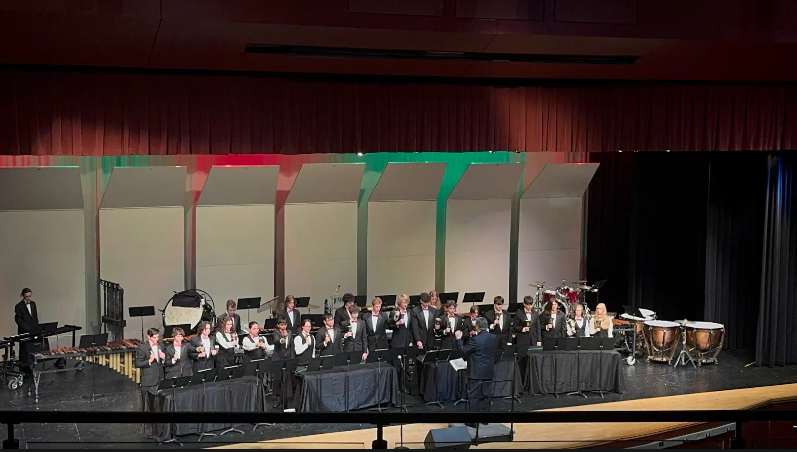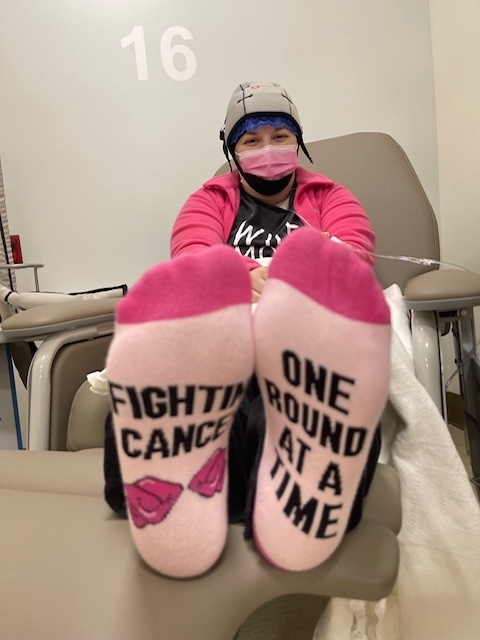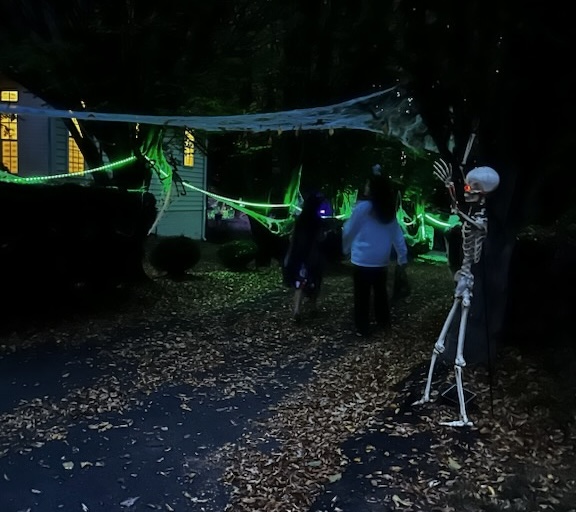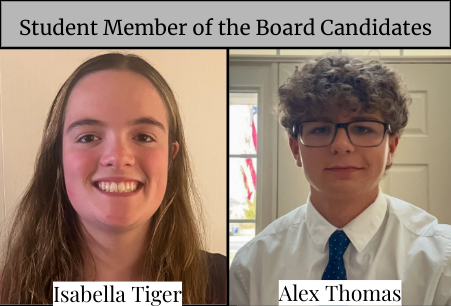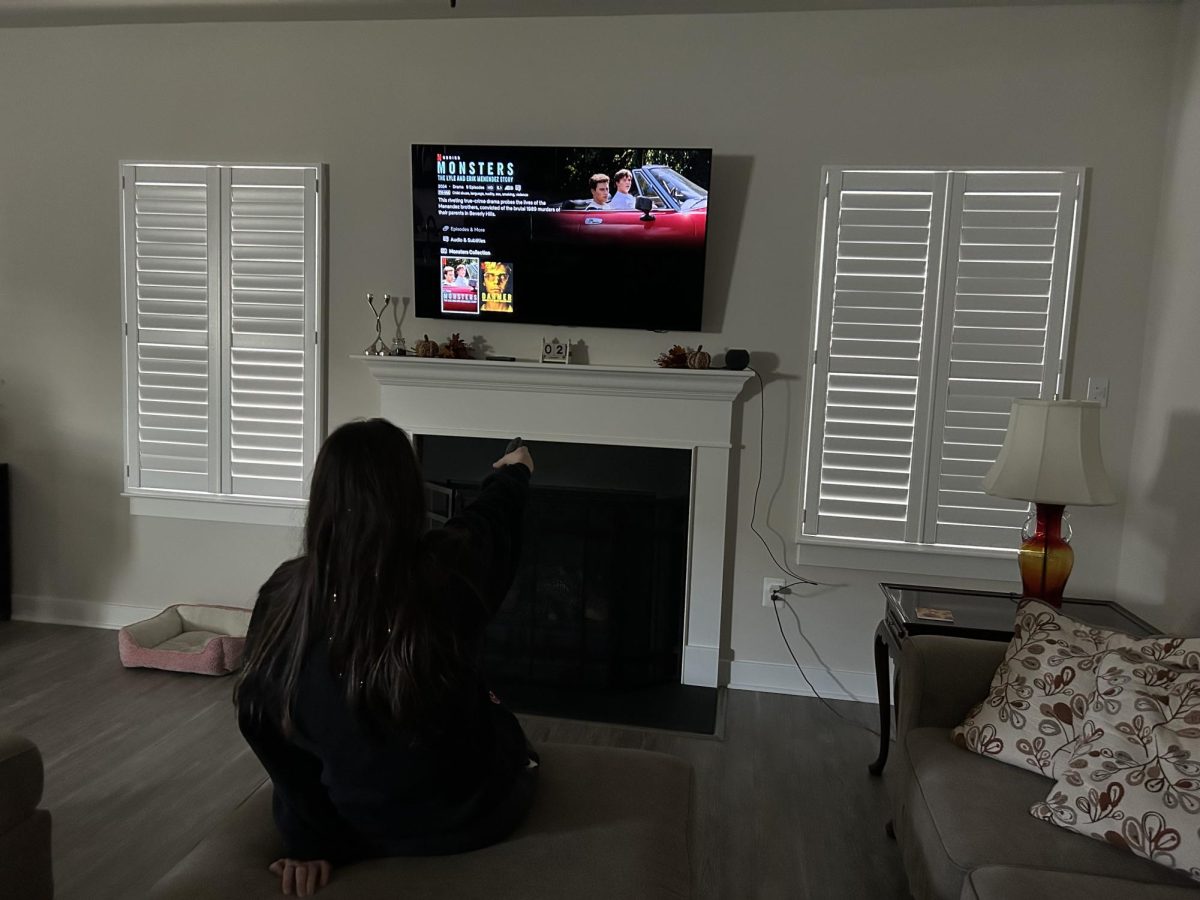Ping pong ball launchers, hydrogen-powered cars, mini power plants, clock timers, electronic dice-rollers, mini golf courses, programmable marble sorters — these are all things being designed and built here at Linganore High School every day. Students at all grade levels get the opportunity to challenge themselves to imagine out-of-the-box solutions for open-ended problems.
Any students who are interested in these projects should consider signing up for Introduction to Engineering Design.
Introduction to Engineering Design is the first of a five-class program at Linganore called Project Lead the Way (PLTW). The program was introduced to Linganore as part of the Maryland initiative to prepare students for careers in science, technology, engineering, and math, often called STEM. The five PLTW classes offered at LHS are Introduction to Engineering Design, Principles of Engineering, Digital Electronics, Civil Engineering & Architecture, and Engineering Design & Development.
Project Lead the Way is a nationwide program that teaches engineering to students from elementary school through high school. Schools in all 50 states and D.C. have PLTW programs, and for good reason — the U.S. Department of Commerce estimates that jobs in science, technology, engineering, and math (STEM) will grow 17 percent by 2018, which is nearly double the growth for non-STEM fields.
Students who complete the program feel prepared for a STEM career. According to a survey of PLTW students at the end of their senior year, 70% indicated that they intend to study engineering, technology, computer science, or another applied science, and 93% intend to pursue at least a two or four year degree after high school.
Colleges are beginning to look for PLTW enrollment when selecting students — 60% of the 2013 incoming freshman class at the University of South Carolina College of Engineering and Computing completed PLTW courses in high school.
One of the more compelling reasons to participate in the program is that if the student does well, college credit can be earned for each class, similar to AP classes. All of the classes are project-based and group-based. Students will have many long-term projects (mostly completed in class) that they complete over the course of the semester. In addition, IED satisfies the required technology credit for graduation, and PLTW counts towards the CTE completer program for graduation.
In IED, students learn how to use a 3D modeling software called AutoDesk Inventor to both create new designs and recreate real-world objects. One early project is creating a train in Inventor using only diagrams and knowledge of Inventor commands. Classes with enough time at the end of the semester create a class-wide mini golf course where each student designs one hole. One project involves designing a part to improve an existing product and using the 3D printer to bring the part to life. Sophomore JD Ensor designed a spoiler to put on the back of a model car.
Sophomore Ty Fontanilla has had both Mr. Lastova and Mr. Greene, two of the Project Lead the Way teachers at LHS. “Mr. Lastova’s class was always fun,” Fontanilla said. “He would let us sing along to the radio as we worked on projects, which was cool.”
“He threw a lot of work at us, but always made sure that we had time to complete it. Being in his classes definitely improved my work ethic,” said Fontanilla of Greene’s class.
Principles of Engineering is mainly focused on mechanical engineering. Students will learn how to build structures and machines to complete tasks by using VEX parts. VEX parts include steel supports and platforms, plastic gears, wheels, sprockets, and other engineering materials. Some projects that students complete include a ping-pong ball launcher, an energy distribution system, a car powered by a hydrogen fuel cell, and an automatic marble sorter. Students also learn programming concepts and the basics of electricity and circuit building.
In Digital Electronics, students use a software called Multisim to design circuits on the computer. They then use breadboards, or temporary circuit boards, to create those circuits in real life and test them. Students also learn how to read binary code and about the many different logic chips that are used in computer electronics. Some projects that students are asked to complete using circuitry are a board game counter, a vote counter, a tollbooth operator, a fireplace control system, and a copy jam detector.
In Civil Engineering & Architecture, students use a software called Revit to design residential and commercial building projects. When designing these buildings, they have to take many factors into consideration, including plumbing, electrical systems, building codes, and materials, in addition to environmental factors. While the previous three courses are foundational courses, CEA is a specialized course and is intended for 11th and 12th grade students.
Engineering Design & Development is the ‘capstone’ course for the program. It ties together all of the concepts learned during the students’ time in the rest of the PLTW classes. In EDD, students will research a problem in order to find and create an original solution. The students then present and defend their solution to an outside panel of engineers. EDD is an advanced course intended for 12th grade students.


